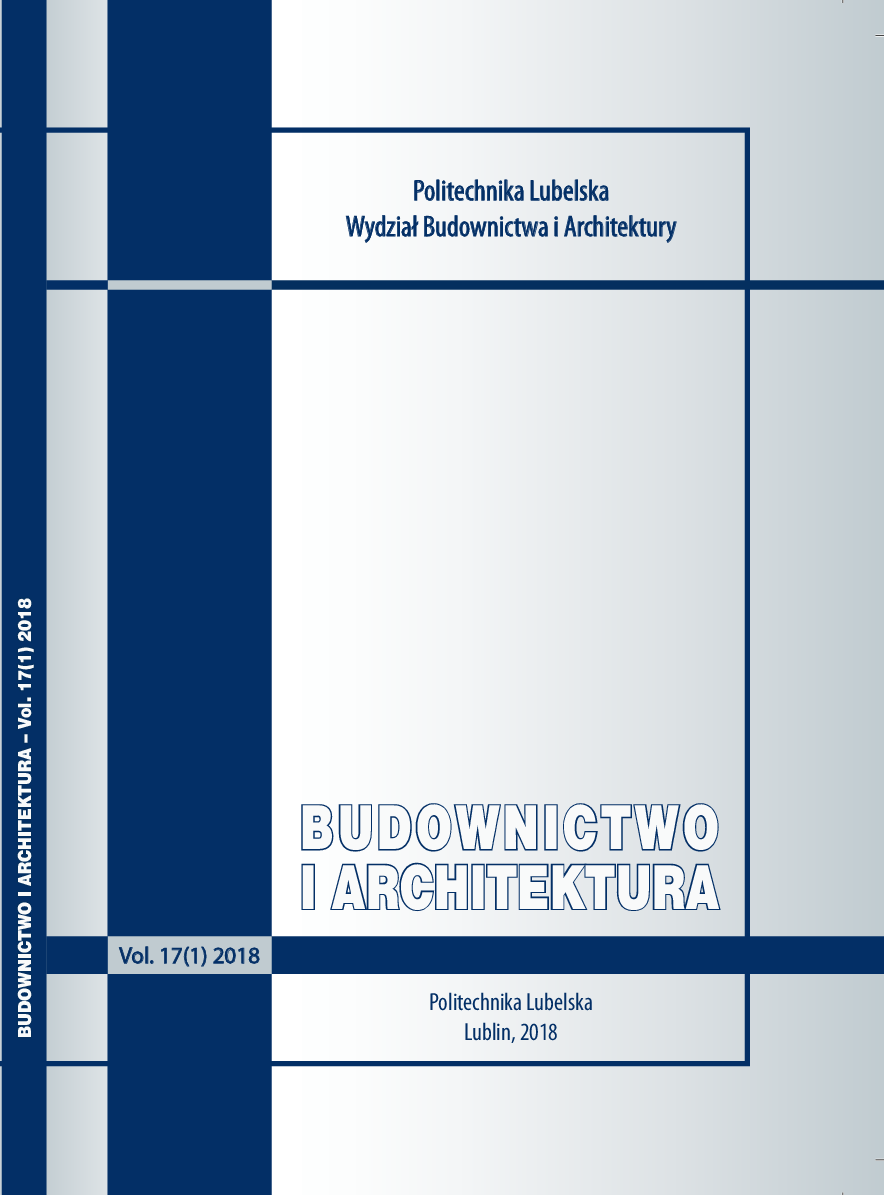Inna codzienność. Funkcjonowanie Wenecji jako miasta bez samochodów
Different everyday. Functioning of Venice as a city without cars
Author(s): Hubert TrammerSubject(s): Architecture, Regional Geography, Family and social welfare
Published by: Biblioteka Politechniki Lubelskiej
Keywords: Venice;functioning of the city;pedestrian traffic;transport in the city;water transport;space of the city;spending time in the city;
Summary/Abstract: Shaping of the space generally follows the standards which are created in search for fulfilling the human needs. Unfortunately the means often became more important than the goals. In order to provide mobility and at the same time protection from the oppressiveness of transportation the huge space is lost for the transportation roads which are alienated from their surrounding and for the buffer spaces. There are different solutions. The spectacular example of their use is Venice – the city big part of which is inaccesibble for cars. It means it is free from oppressiveness connected with the presence of cars, but also it does not use the possibilities given by using cars for different needs. The function reserved in majority of the world for cars in Venice is provided by different kinds of boats. It is worth to pay attention on different everyday situations from the part of Venice which is free of cars. They are substituted not only by water transit but also by the pedestrian transit. The small scale of the streets and squares of Venice also has an important meaning for the everyday of the city. Venice faces a serious problem of the loss of its inhabitants which are pushed out of the city by the tourists. Also the functions which serve the inhabitants are pushed out by the functions for tourists. However the problems of the city should not discredit the management of the traffic in the city. The problems are the site effect of success of Venice as a tourist destination which follows the unique quality of the place. The examples of the solutions which base on the rejection of the domination of the car in the space of the city one can find also in other places, where the rejection of the hegemony of the cars does not have such a total scale as in Venice. Such examples can be found also in Poland. Different space relations cause different relations between different users, as well as different relations between spending time in the city and passing it through.
Journal: Budownictwo i Architektura
- Issue Year: 16/2017
- Issue No: 4
- Page Range: 127-139
- Page Count: 13
- Language: Polish

